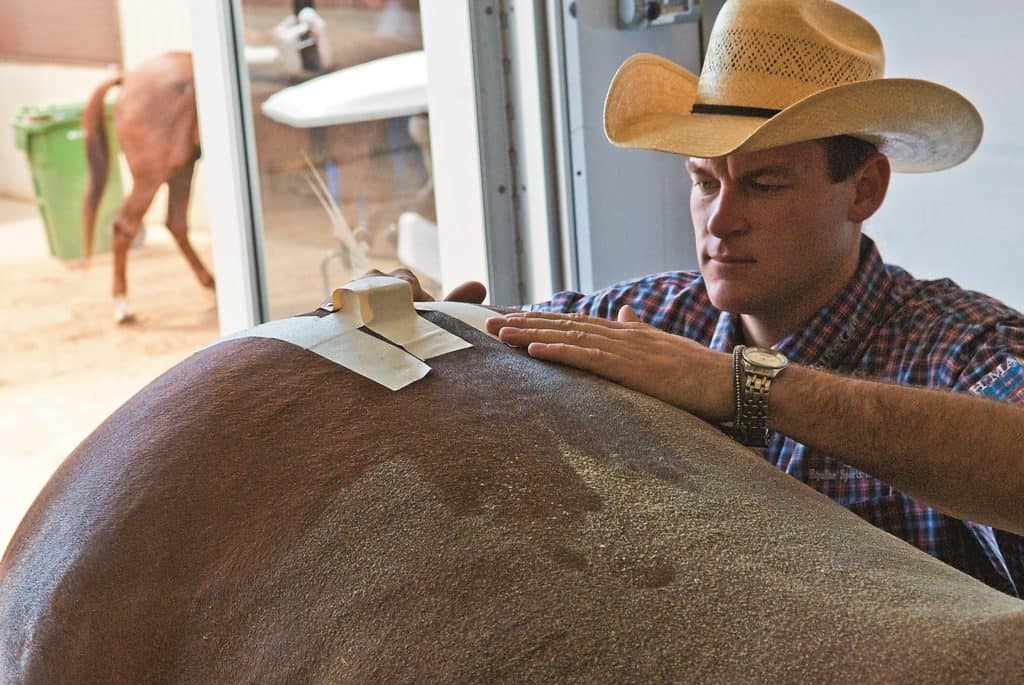HBLB: New Research Projects, Scholarships Starting in 2016
Research topics include musculoskeletal and respiratory issues, parasites on stud farms, early pregnancy loss, and more.
Research topics include musculoskeletal and respiratory issues, parasites on stud farms, early pregnancy loss, and more.

The fatality rate at Aqueduct Racetrack, Belmont Park, and Saratoga Race Course in 2015 was 1.1 per 1,000 starts.
Seminar topics include imaging the equine neck, reproduction, and soft-tissue injuries in performance horses.

The collaborative and research-based initiative is designed to advance the health and well-being of equine athletes.

There was a strong correlation between vet and inertial sensor system when evaluating lameness change post-nerve-block.

The fatality rate of 1.62 per 1,000 starts is the lowest since the Equine Injury Database started publishing statistics.
Research topics include EHV-1 latency, foal pneumonia, training and surface factors in preventing injury, and more.

A young horse’s swayback is getting worse as he ages. A veterinarian shares insight on why this might be.

From behavioral changes to yawning, signs of neurologic problems in horses can be challenging to decipher.

The new scanner is wider than the standard size, which should allow most of a horse’s neck to be examined.

Find out how your mental and physical performance will benefit from a program out of the saddle.

Can melanomas spread to a horse’s central nervous system? If so, are there any treatments available?

The anonymous breeder donated $20 million toward a new state-of-the-art regenerative medicine research facility.

A researcher offers tips on how veterinarians can pinpoint the cause in unresolved upper hind limb lameness cases.

From 2002 to 2014, researchers identified a fatality rate of 0.32 per 1,000 starts in endurance horses.

Adam’s research studies the formation and repair of articular cartilage in horses.
Stay on top of the most recent Horse Health news with
"*" indicates required fields